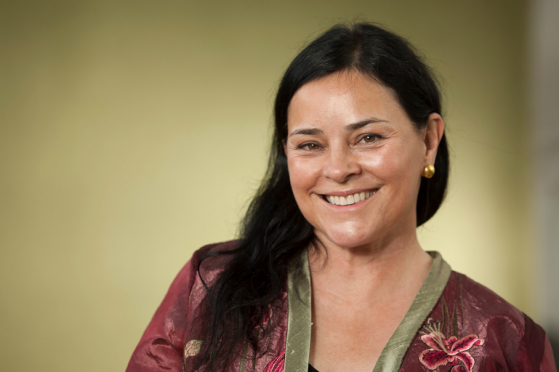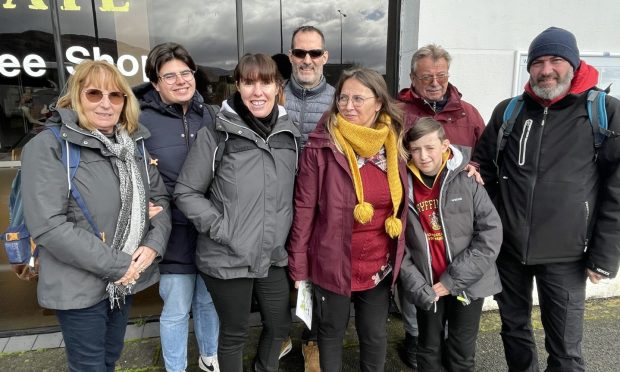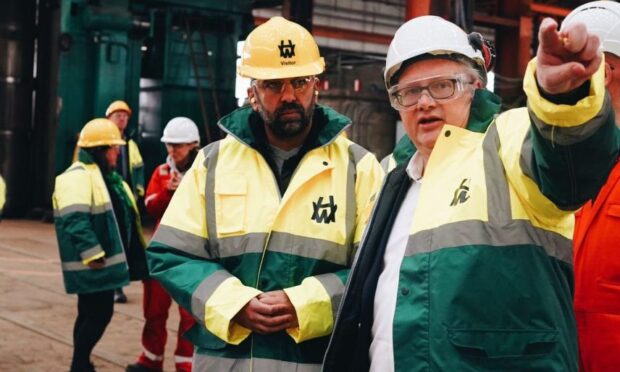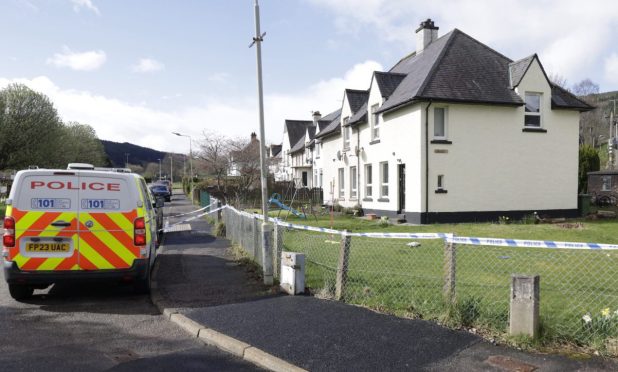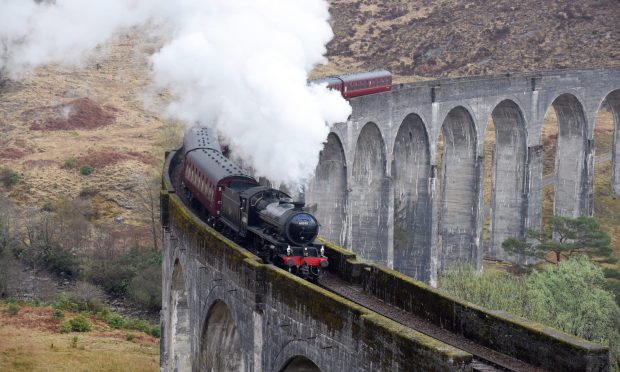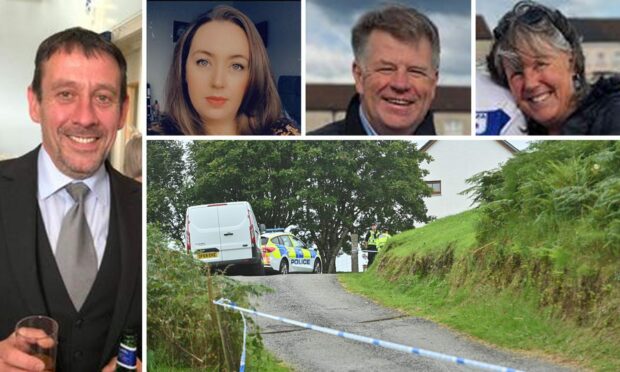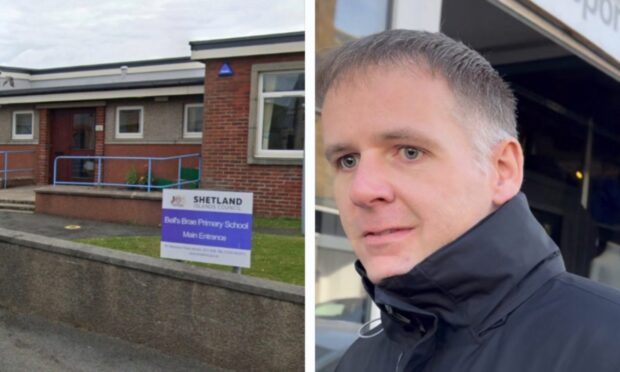The American author behind the TV blockbuster Outlander visited Culloden Battlefield yesterday – and warned of the importance of protecting the historical site and other Highland treasures.
Diana Gabaldon has backed recent campaigns aimed at shielding the battle site and her beloved Rannoch Moor – the backdrop for her award-winning romantic stories – from new housing estates and windfarms, respectively.
She spoke to the Press and Journal prior to a literary festival question-answer session with some of her fans, tickets for which sold out within a few hours.
Breaking down in tears at one point, she said: “Rannoch Moor is more an ecological concern, but it doesn’t have the ethnographic resonance that this place has. Culloden has cultural resonance – this is where the Highland way of life was destroyed.”
Ms Gabaldon last year added her voice to opposition to an Inverness developer’s proposals to build homes within sight of the battlefield – before councillors put their foot down, approving a buffer zone five times the size of that which previously protected the sacred site.
She also joined a chorus of 1,000 people opposed to an energy firm’s plans to build 24 massive wind turbines smack in the middle of the wilderness of Rannoch Moor in Highland Perthshire – the stage for much of her work.
The same month that extra protection was granted to Culloden, those behind the proposed Talladh-a-Bheithe wind scheme confirmed they would not challenge the Scottish Government’s rejection of their project.
The towers would have been visible from more than 300 Munros and Corbetts, the scenic West Highland rail line and the A82 tourist route.
The Arizona-born author revealed that she and her husband paid their first visit to the Highlands after writing the first of her Outlander novels. She is clearly besotted with the region.
Rannoch Moor has been the setting for her tales of a World War II nurse, transported back to a strife-torn Scotland of 1743. The books merge historical fiction with romance, mystery, adventure and science fiction/fantasy.
Outlander has millions of followers and has helped reap millions of pounds for Scotland’s economy. She is currently working on a ninth book in the series, with the title “Go tell the bees that I am gone.”
